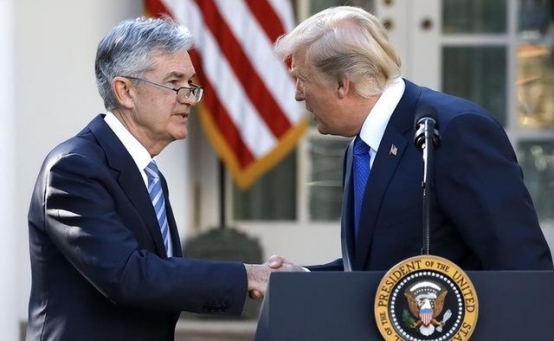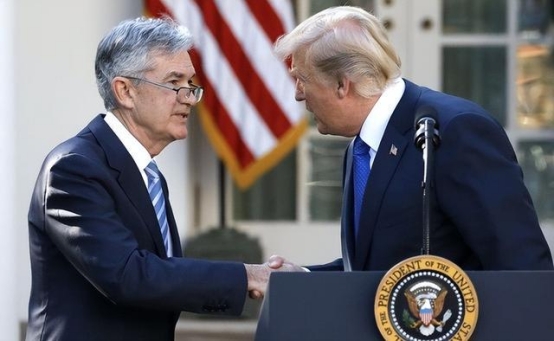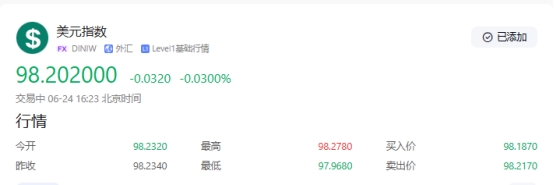Trump's confidants turned against him and supported the July rate cut. Powell faced a double attack from politics and economy
- 2025年6月25日
- Posted by: Macro Global Markets
- Category: News

Trump's confidants turned against him and supported the July rate cut. Powell faced a double attack from politics and economy

On June 24, the internal debate on the path of interest rate cuts in the Federal Reserve became more intense. Michelle Bowman, the Federal Reserve Vice Chairman nominated by Trump for Supervision, made it clear in her testimony to Congress that if inflation remains mild, she supports starting interest rate cuts as early as July to "prevent possible structural weakness in the labor market." This statement echoes that of another close confidant of Trump, Federal Reserve Board member Christopher Waller, who emphasized in his speech on June 20 that the impact of tariffs on inflation "may be short-lived" and that the Federal Reserve should "prioritize economic downside risks" to open a policy window for a July interest rate cut.
It is worth noting that Bowman, as Trump's nominee for the top Fed regulator in 2023, has changed his stance, which was interpreted by the market as "a landmark victory for the White House in pressuring the Fed." In an interview with The Hill on June 24, Trump said bluntly: "This is the right direction, and Powell should listen to the opinions of these professionals."
2. Powell’s Dilemma: The Struggle between Independence and Political Pressure
Faced with the defection of his confidants, Powell still insisted on a "wait-and-see stance" at the Senate Banking Committee hearing on June 24. He stressed that although the monthly rate of retail sales fell by 0.9% in May and industrial output unexpectedly fell by 0.2%, the lagged impact of tariffs on inflation has not yet fully emerged, and the Fed needs to "wait for more data to confirm the inflation path." This statement resonates with the position of seven officials in the dot plot that "there will be no interest rate cuts this year."

3. The dual variation of interest rate cut expectations and geopolitical risks
The double-edged sword effect of interest rate cut expectations
Waller and Bowman's dovish comments pushed the dollar index down to 98.2, which is theoretically good for gold. However, the risk aversion caused by the ceasefire agreement dominated market sentiment, and gold prices failed to break through the key resistance level of $3,366. Bank of America analysts pointed out that if the July rate cut is implemented, the downward trend in real interest rates will push gold prices towards $3,400; on the contrary, if Powell maintains a hawkish stance, gold prices may fall to the $3,300 support.

Although Iran accepted the ceasefire agreement, the follow-up impact of the US airstrike on Iran's nuclear facilities is still fermenting. According to the World Gold Council, global central banks increased their gold holdings by 60,000 ounces in May, expanding their reserves for seven consecutive months, highlighting the attractiveness of geopolitical risks for long-term allocation. Bank of America predicts that if the conflict in the Middle East escalates again, the gold price may exceed $3,400.
Powell is currently standing at a political and economic crossroads that is rare in the history of the Federal Reserve. The defection of Trump's confidants, the market's urgent expectation for interest rate cuts, and geopolitical uncertainties together constitute complex constraints on his policy choices. For gold investors, it is necessary to pay close attention to the PCE data on June 27 and the July FOMC meeting. These two major events may determine the direction of the breakthrough of gold prices. In this "battle to defend independence", every statement made by Powell may become the fuse for violent market fluctuations.
